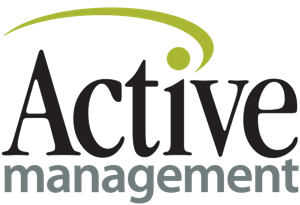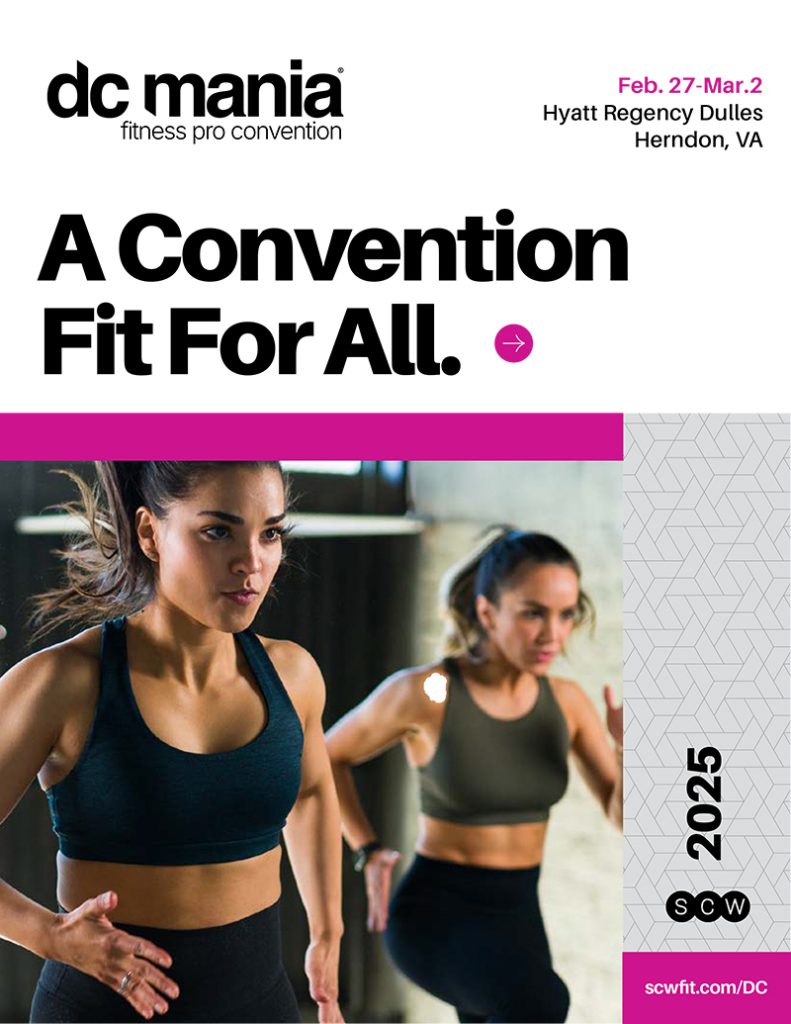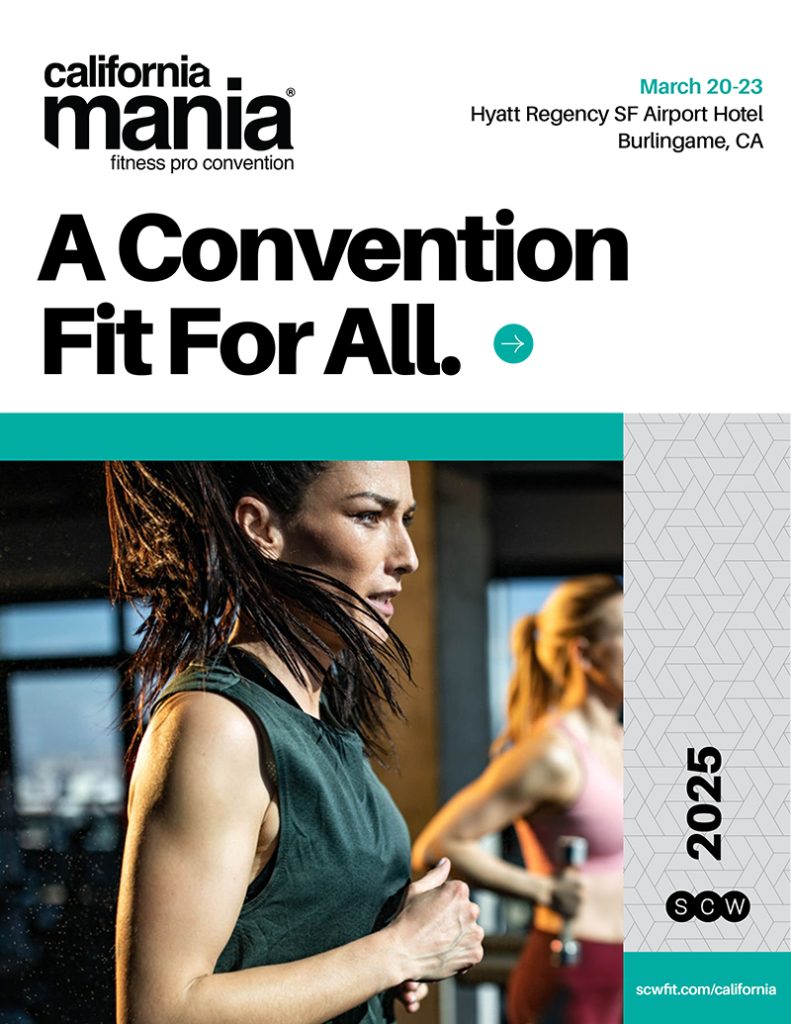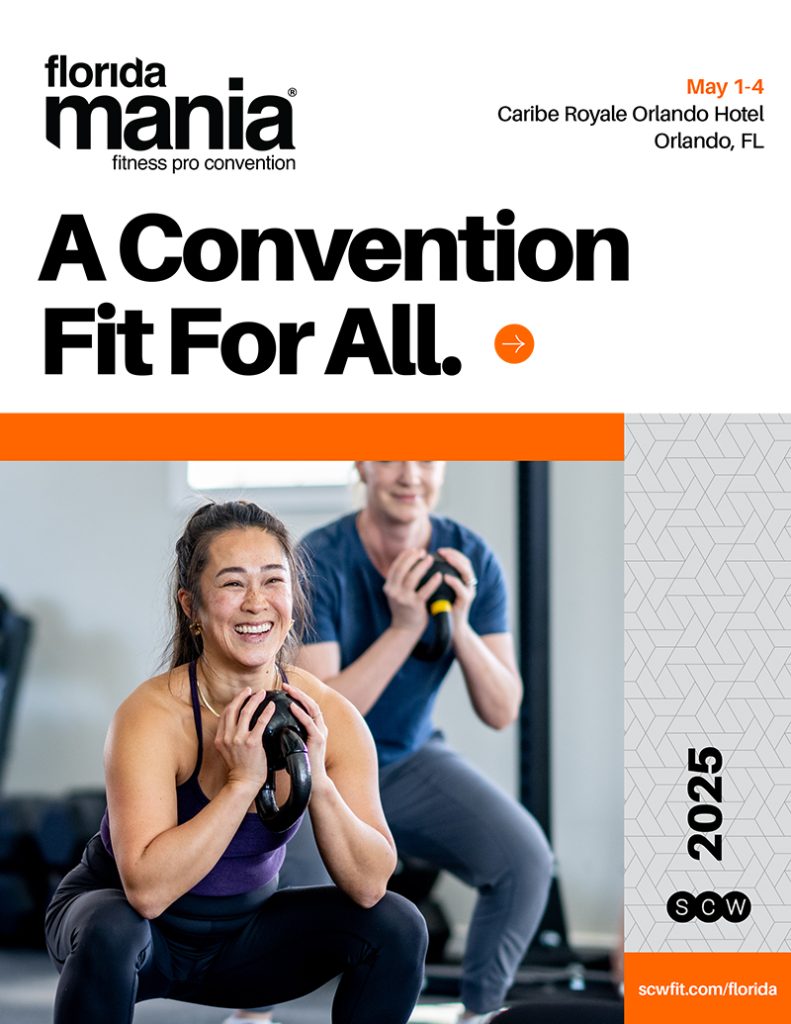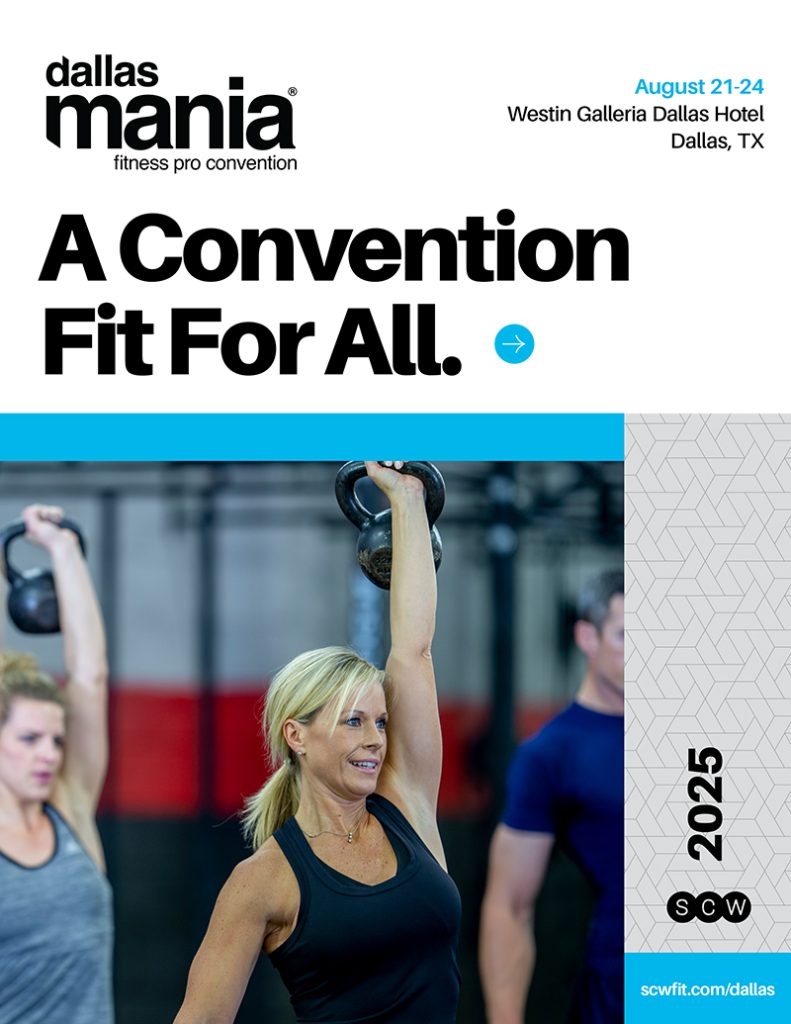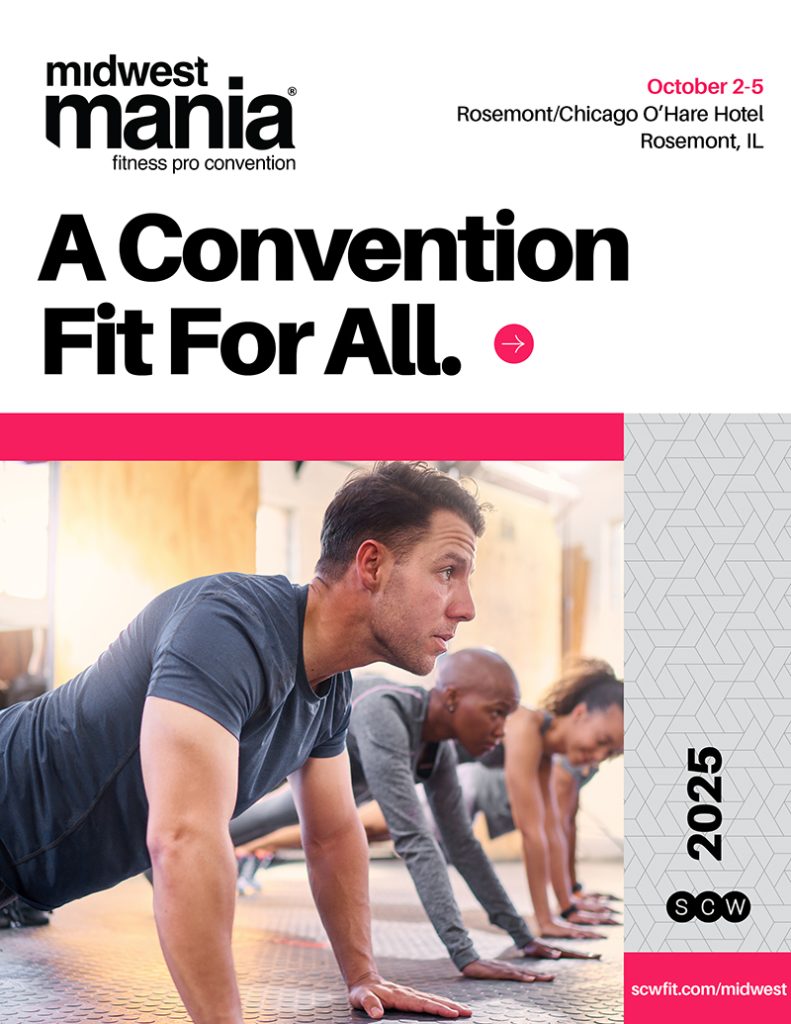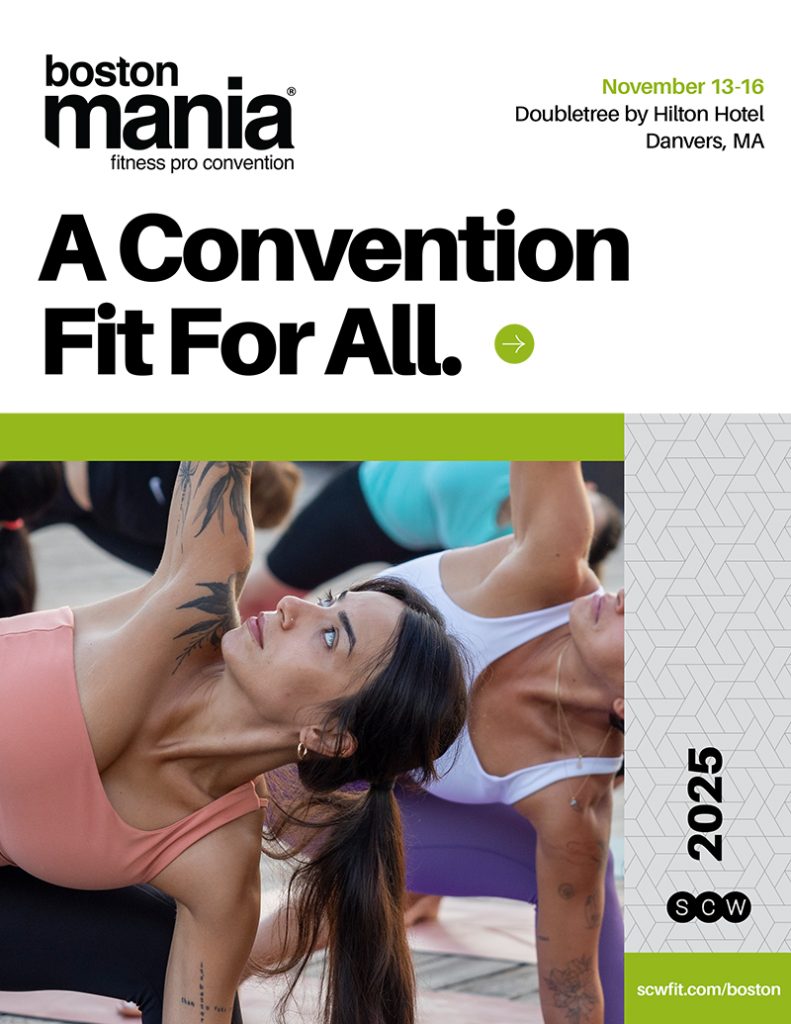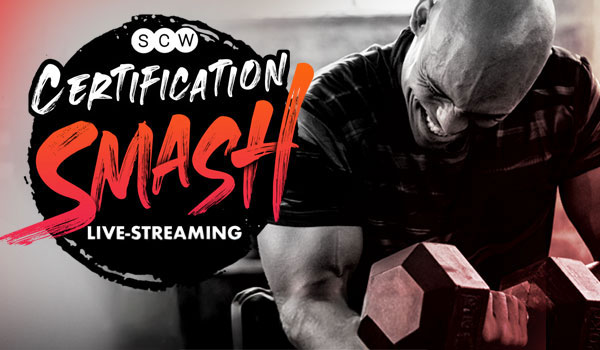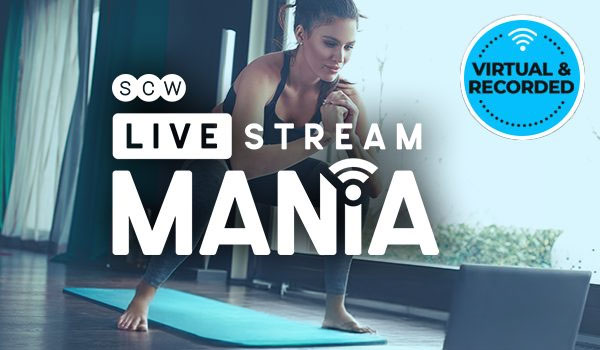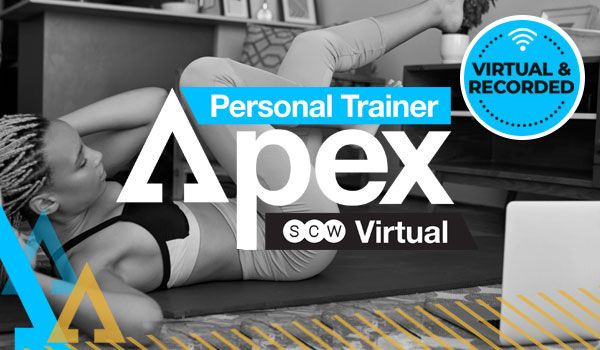

Unexpected Tax Deductions for your Fitness Studio
As a fitness studio owner, filing taxes can be an overwhelming process. Keeping the financials organized is challenging enough—not to mention the fear of making a mistake and having the government come knocking on your front door.
However, while many fitness studio owners are scared of the IRS finding a mistake, the biggest mistake that many of them make is that they don’t claim enough deductions.
Forbes writer and tax expert Kelly Phillips Erb points out that many small business owners under-deduct on their tax filings because they are afraid of making a mistake—leaving hundreds (if not thousands) of dollars on the table.
How does this happen?
There are two primary reasons why a small business owner may under-deduct on their tax filing—disorganization and lack of education. In this article, we’ll go through the best way to keep your finances organized throughout the year, and commonly overlooked tax write-offs for wellness and fitness pr ofessionals.
ofessionals.
A lesson in tax deductions for fitness studio owners
The foundation for filing accurate taxes lies in your financial organization. Keeping your finances organized throughout the year is important for managing cash flow and for filing taxes with ease and accuracy. If the company’s bookkeeping, receipts, and statements are not organized and in one place, the probability of making a mistake on the tax return is much higher.
Why is this the case?
Step 1: Stay organized
Let’s imagine someone sleeps through their alarm clock and is now running late to their morning meeting. They throw on their shoes, grab their bag, and rush out the door. Halfway to their meeting, they realize they left their keys, phone, and wallet. Forgetting these items could have been avoided if they had placed their keys, phone, and wallet in one place instead of having to scramble at the last minute.
Your tax filing works the same way.
Giving yourself plenty of time and keeping all of your information in one place ensures that you don’t miss any tax deductions. That might sound like a lot of work—and it can be.
That’s why using a bookkeeping program, like Bench, can make organization a fast and effortless to-do instead of an exhausting and time-consuming one. It not only keeps you organized and up-to-date, but it also has reporting capabilities that will catch expenses that get overlooked.
For example, merchant fees associated with your Mindbody account. Bench catches these fees for you and ensures that they are included as a deduction when you go to file.
Step 2: Don’t miss out on common deductions
Now that your finances are in shape, the second step in filing accurate taxes is to know the common deductions you can claim. This is where many business owners miss out on deduction opportunities and overpay, simply because they are not aware of the various items they can write-off.
Before we dive into the common deductions fitness professionals can claim on their taxes, let’s review the definition of a tax deduction.
A tax deduction is a business expense you incurred during the year that can be used to reduce the amount of taxes the business owes, otherwise known as the tax liability. Any legitimate business expense can be claimed as a tax deduction as long as there are receipts and valid reasons. This definition is important to note because any given tax deduction could apply to one business, and not another. Or vice-versa.
The key is whether or not it is a legitimate business expense, which will be unique to the industry and approach to business.
Here are a few common deductions fitness professionals can claim:
- Supplies (yoga mats, towels, etc.)
- Services (cleaners, Spotify subscriptions, website hosting fees, Mindbody fitness software, bookkeeper such as Bench)
- Payroll—this is always a tricky area, so be sure you are using a program that accurately details the taxes associated with employees
- Home office
- Marketing and advertising expenses
All of the above are pretty obvious deductions for fitness professionals.
Here are the most commonly forgotten deductions:
- Education expenses (certifications, professional development workshops, etc.)
- Healthcare expenses
- Cost of employment search (this could include any marketplace subscriptions or costs related to securing a client)
- Professional association fees
- Attire related to your line of work
For a more comprehensive list for fitness professionals, check out this checklist: Tax Breaks Every Fitness Business Owner Should Know.
Say goodbye to tax-related stress
When it comes to tax deductions the two most important things to remember are to keep financial documents organized throughout the year, and remain educated on the types of write-offs that are available to your fitness business.
Mindbody does not provide tax, legal, or accounting advice. This material has been prepared for informational purposes only. You should always consult your own advisors for tax, legal and accounting advice and before engaging in any transaction or making decisions about your own business and circumstances. Mindbody assumes no liability for actions taken in reliance upon the information contained here. Mindbody Business articles and other Mindbody blog entries reflect the opinions of the authors and do not reflect the views of MINDBODY, Inc. or its affiliates. Testimonials may not be representative of the experience of other customers and are not guarantees of future performance or success.
Please find the original article HERE
 About the Author: Denise Prichard
About the Author: Denise Prichard
Denise Prichard is a certified yoga instructor (RYT-200) and an experienced content marketing professional with a penchant for writing compelling copy within the fitness, wellness, and beauty industries. When she isn’t writing or editing, you can find her teaching yoga classes, pedaling her heart out at a spin class, or hanging out with her rescue pups. She currently serves as the marketing content manager for Mindbody.

Riding the Recovery
Wave of Revenues
There are only three ways to grow revenue in any business: get more customers; get customers to buy more frequently; and get customers to make bigger purchases. Adding recovery services to your facility is something that can accomplish all three revenue generation goals! More importantly, recovery services are a perfect adjunct to any fitness facility, because they are a natural extension of the existing client base. Furthermore, many “recovery” devices are also used in wellness facilities, which provides operators the potential to market to a wider population. The question I am most often asked is, “What device/s should I add?” My response is, “It depends.” Let’s explore the variables that must be considered when making intelligent recovery equipment decisions.
Member Base
Although there are plenty of niche-market facilities (like a CrossFit or Barre), the vast majority of fitness operators run multi-purpose facilities that attract a fairly wide audience. That said, every club has distinct demographics. Perhaps, the club has a huge free-weight area and attracts a younger, male population. Or maybe they have a super popular group exercise program that is geared toward middle-age women. Who knows, your facility may be in a community with a large percentage of retirees who have age-related recovery issues. Every demographic has recovery needs, but the types of recovery services will differ among the various populations. For example, compression therapy does well with male athletes, but the average middle-aged woman doesn’t get excited about slipping on boots, pants or sleeves that multiple others have used, even when you follow strict cleaning guidelines.
When you have clearly outlined the avatar of your “ideal recovery member,” making equipment and service-offering decisions becomes much easier and more objective.
Available Space
Your recovery “market” may be perfect for an infrared sauna, but those units can take up more space than you have available. Furthermore, the available space where an operator could add a recovery area may have limitations. Common space issues include less than ideal access, not enough privacy or inadequate electrical outlets or capacity that might be cost-prohibitive to retrofit. An ideal space has enough visibility that members easily “see” the availability but also provides the necessary privacy or quiet that allows for a positive user experience.
A less common but still problematic issue is having too much space. A case in point was a client who discontinued childcare post-COVID because their returning demographic changed dramatically. That space, however, was almost 1,000 square feet. Their budget was limited so filling the room with recovery devices wasn’t an option. The result was the challenge of figuring out what to do with the space that wasn’t needed for the launch of their recovery room. It may sound like a good problem to have, but that’s not always the case.
The bottom line is that some devices take up more space while others are quite efficient. Identifying what spaces could be utilized and then matching them with the most ideal recovery product may take some creativity.
Staffing
Of all the criteria to consider, in my opinion, this is one of the most important. You can spend thousands of dollars to build a recovery center, but without the right staff, it could fail. Similarly, you can have great employees, but the wrong choice of recovery product could create unhappiness. One example was a club operator who invested in a cryotherapy machine because he had gotten such incredible results from the technology. Although there were plenty of long-term employees on staff, none of them were bought into the technology. A key employee felt it was not only a potential liability for the club but resented having to promote it and became stressed over monitoring users. After many thousands of dollars spent, the operator eventually removed the machine and took it to his house!
To help clients make better choices, I teach them a mantra: “High touch, low labor.” Meaning, when considering any recovery device, always try to find something that provides a great experience at the lowest possible staffing need. Following this rule of thumb will result in reduced training time and happier employees.
Finally, when possible, find a recovery modality that resonates with at least one key staff person. Having a “Champion” will help to get both staff and members excited. Getting off to a strong start and building momentum is critical.
Pricing and Model
It may seem unreal to have a sales-focused individual like me say the price is important, but let’s be clear on the context. When referring to pricing, I’m talking about matching the product to your market. If you are located in a more economically sensitive area, it won’t make sense to bring in a super expensive device that demands a high session price. Conversely, if you bring in a relatively inexpensive product that only costs a few hundred dollars, many members who initially try and enjoy the product will simply go buy their own and stop paying you for usage! The key is finding an ideal product for your existing client base that can be priced to result in strong sales and a relatively quick ROI.
In the same conversation as the price is “Model,” which pertains to how you will package sales. Will you sell individual sessions, packages, or perhaps, monthly subscriptions? Will you bundle various offerings or only offer a la carte? Will you allow non-members to purchase, and if so, how will that work within the facility? Are there ways in which you can integrate the recovery offerings into existing programs or create entirely new ones? Of all the considerations, choosing the right model can be the most challenging.
Competition
The second to last consideration is evaluating your competition. Do any of your competitors offer this recovery service? If so, is there a way to improve or differentiate yourself in the marketplace? If no direct competitor is offering what you are considering, are any other vertical markets in your area offering the same or similar products/services? Competition isn’t always a bad thing, but it certainly needs to be taken into consideration.
Investment
Finally, what is the total investment you will make? In addition to the recovery device, you must consider all other associated expenses. It is only by answering all the previous questions does the investment become a final determining factor. At that point, you can run various revenue projections, and ultimately, make intelligent decisions on how to proceed with adding recovery offerings to your facility.
● ● ●
Recovery is a multibillion-dollar industry that continues to grow. More and more large chains have added recovery rooms and centers as well as independent operators. Most telling is the explosive growth in stand-alone recovery businesses and franchises. As I tell my clients, “You can bring recovery and wellness into your club, or you can watch your members give their money to someone else!”
Next month, we will explore various recovery modalities every fitness operator should be considering.
 About the Author: Casey Conrad
About the Author: Casey Conrad
Casey Conrad is a long-time industry sales and marketing consultant. She has authored numerous industry books and has spoken worldwide. For the past four years, Casey has added wellness facilities and holistic practitioners to her list of clients with a primary focus on using recovery and medical devices as a marketing magnet and revenue generator. She is now bringing these strategies back into the fitness industry. Casey can be reached at 401-932-9407 or CaseyConrad11@gmail.com.)

Working Smart in Challenging Times
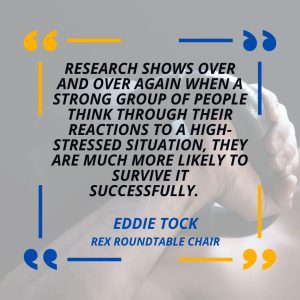
Working smart in challenging times seems to be the secret sauce of the REX Roundtable Members in over the past 2 years and their number 1 2023 resolution.
When we collected data, as of the end of 2021, the recovery rate of North American REX Members was 81.93%. Before doing this, had you asked me anecdotally , I would have said 60 to 80% was the range, not the average.
Because of the culture of continuous learning and challenging each other to get better, many of the REX Members have followed several of Ram Charan’s “rules”. (Ram Charan is the most influential consultant alive, and counsel to the top companies, CEOs, and boards of our time.) Here are just a few for you to think about and see how quickly you can implement these:
- Keep Investing in new products, service development and renovation. Most importantly, continue to invest in your brand! The more disciplined leader, who invests in the future now has a chance to really make huge gains on competitors.

- Invest in your people. Reward them, not just with money but with recognition, as they face new challenges. Most of your team are now doing three the work they did just 2 years ago.
- Communicate frequently, intensively and honestly. They will appreciate your candor as you seek their input to address difficult times.
- In good times, you manage P&L and in tough times you manage cash and receivables, so focus on these!
- Seriously consider how you can take the pain of your members if they are experiencing financial distress and may choose to reduce their involvement with your club. What kind of recession programs can you offer them that will help reduce financial pressure on their budgets? Even if this does not make a huge difference, the intention to help and the care that is expressed in such intentions can have a beneficial impact on customer loyalty when they are choosing what they may have to cut out of their budget.
- Cut back and prune selectively. Do not use across the board budget cuts to balance your budget. Look at those things that your business is doing that have low benefits and high costs to you. Which products or programs or services are more expensive than others? Cut them back and take the saved money and time to invest in those parts of the organization that seem a bit stronger at this point.
Bring your key thinkers together.
The research shows over and over again when a strong group of people think through their reactions to a high-stressed situation, they are much more likely to survive it successfully.
This is a huge advantage for every REX Member.
Please find the original article HERE
 About the Author: Eddie Tock
About the Author: Eddie Tock
CEO of REX, Eddie is a gifted professional with more than 30 years of Fitness industry Management & Leadership experience. He has consulted with over 1250 clubs. Ed has been one of the top speakers at IHRSA & Club Industry. For 21 years Mr. Tock was a Senior partner at Sales Makers, which was given the IHRSA Associate of the Year Award, the only consulting firm in 25 years to win this award! Eddie has recently partnered with Will Phillips of REX Roundtables to develop new roundtables for owners and chief executives for the health and wellness industry and is currently facilitating several REX Roundtables and leading the expansion of REX Roundtables worldwide.
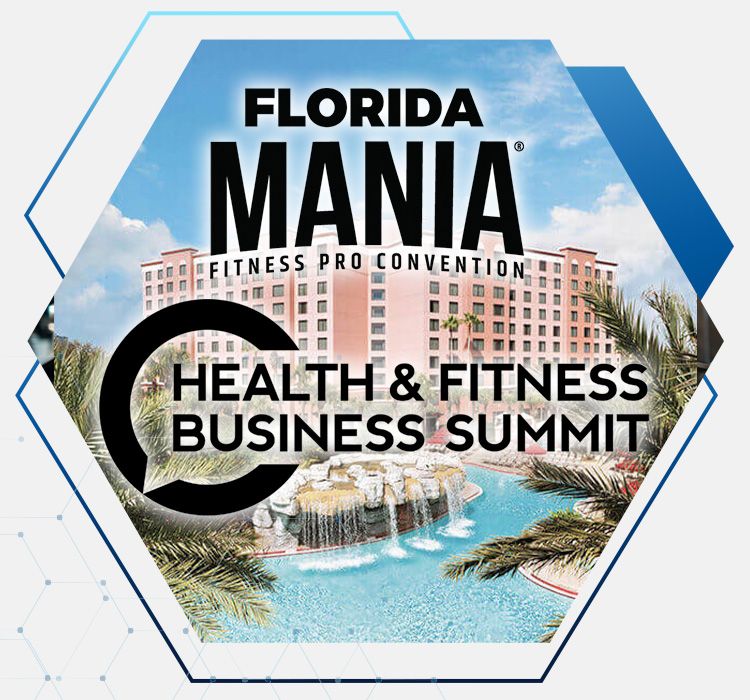
Florida MANIA®
Health and Fitness
Business Summit
Spring is the perfect time to grow, your business that is. Health & Fitness Business Summit at Florida MANIA®, April 14-16, offers over 20 hours (16 business sessions) of blooming education from Entrepreneurship & Content Creation to Monetizing & Marketing. This 3-day convention will turn you and your budding staff into a bouquet of educated flowers while networking with leading Industry Presenters. Register today for only $259.

Worth the Wait:
Talks & Takes, April 12
Mark your calendars for the next round of fitness related discussions from Brent Darden, Sara Kooperman, J.D., Bill McBride, and Blair McHaney in the next episode of Talks & Takes, Wednesday, April 12 at 2 p.m. EDT. This quarterly talk show invites the listener to current events, industry news and hot topics. Save the date and get registered today.
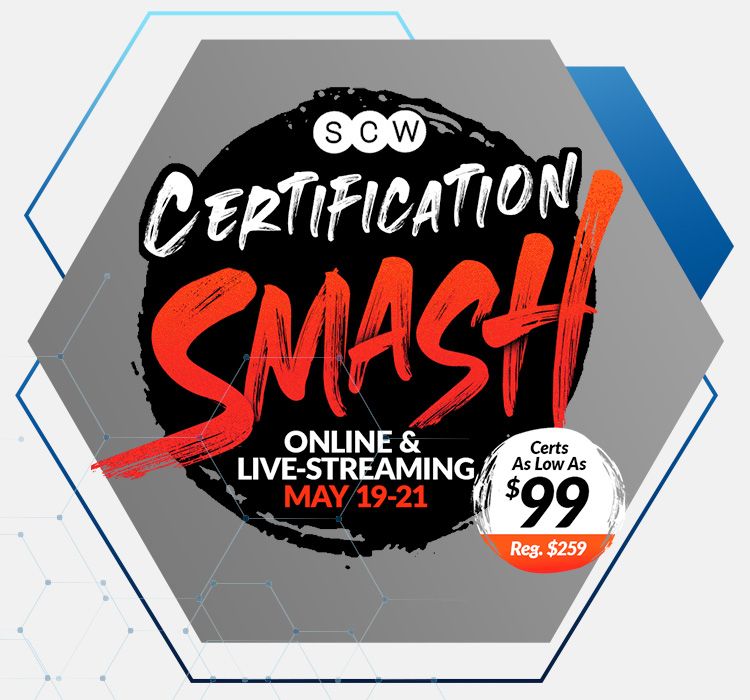
Time to Get Smashed Certification Smash May 19-21
Looking for ways to upskill your staff or expand your fitness career? Choose from over 20 specialized certifications live-streamed during the SCW Certification Smash, May 19-21. Train in what’s trending and discover new ways to draw more members to your club. Certifications range from Active Aging and S.E.A.T. Fitness with Ann Gilbert, Corrective Exercise with Giovanni Roselli, Nutrition Coaching with Amber Toole, and the brand new Aquatic Personal Training Certification with Rosie Malaghan. Get certified for as low as $99.

Looking to Hire?
SCW Can Help
Fitness Specialist
Brooksby Village – Peabody, MA
Create an appropriate exercise program, unique to the clients abilities and goals for both 1-1 and group personal training.
Knowledge of basic water chemistry testing for aquatic center and/or teaching aquatic classes.
Developing exciting group exercise classes in a safe and engaging environment.
Fitness Coordinator
Georgia Southern University – Statesboro, GA
This position develops and supervises a comprehensive group fitness program, to include small group training, and related special events.
Assistant Director, Fitness
Leonard J. Kaplan Center for Wellness – UNC Greensboro
The Assistant Director, Fitness is responsible for the overall design, management, and implementation of a comprehensive fitness program for the students, faculty, staff and UNC Greensboro community. This includes leadership of two professional positions and a graduate assistant as well as student employees.
Club Leader
Element3 Health – Chicago Heights, IL
Element 3 Health is looking for a skilled club leader to lead a club for older adults. Theses clubs include fitness, yoga, dance, and arts and crafts. This, is a unique opportunity to teach an in-person session, to actively train older adults and be responsible for your own club.
Partnership Associate
SCW Fitness Education – Remote
SCW has a fantastic opportunity for a part-time Partnership Associate to join our team. This position entails selling sponsorships and booth space for a Fitness Education Convention Company with a 35-year history of success. This role incorporates all aspects of the sales cycle: identifying potential customers, generating new business opportunities, and managing leads through the sales pipeline. We are looking for someone who has excellent communication skills, a strong work ethic, and a proven track record of success in sales. Experience in the fitness industry is a plus. If you are a self-motivated individual with a passion for sales and a love for fitness, we encourage you to apply.
Health & Fitness Business News – November 2024
Health & Fitness Business News – October 2024
Health & Fitness Business News – June 2024
Health & Fitness Business News – May 2024
Health & Fitness Business News – April 2024
Health & Fitness Business News – February 2024
Health & Fitness Business News – January 2024
Health & Fitness Business News – December 2023
Health & Fitness Business News – November 2023
Health & Fitness Business News – October 2023
Health & Fitness Business News – September 2023
Health & Fitness Business News – August 2023
Health & Fitness Business News – July 2023
Health & Fitness Business News – June 2023
Health & Fitness Business News – May 2023
Health & Fitness Business News – April 2023
Health & Fitness Business News – March 2023
Health & Fitness Business News – February 2023
Health & Fitness Business News – January 2023
Health & Fitness Business News – December 2022
Health & Fitness Business News – November 2022
Health & Fitness Business News – October 2022
Health & Fitness Business News – September 2022
Health & Fitness Business News – August 2022
Health & Fitness Business News – July 2022
Health & Fitness Business News – June 2022
Health & Fitness Business News – May 2022
Health & Fitness Business News – April 2022
Health & Fitness Business News – March 2022
Health & Fitness Business News – February 2022
Health & Fitness Business News – January 2022
Health & Fitness Business News – December 2021
Health & Fitness Business News – November 2021
Hyatt Regency Dulles
Herndon, VA
Hyatt Regency SF Airport
Burlingame, CA
Caribe Royale Orlando
Orlando, FL
May 1-4, 2025
May 2026
Grand Hyatt Atlanta Buckhead
Atlanta, GA
July 24-27, 2025
July 2026
Westin Galleria Dallas
Dallas, TX
August 21-24, 2025
August 28-30 2026
Rosemont Chicago O’Hare
Rosemont, IL
Oct. 2-5, 2025
Oct. 2-4 2026
Doubletree by Hilton
Danvers, MA
Nov. 13-16, 2025
Nov. 13-15, 2026


